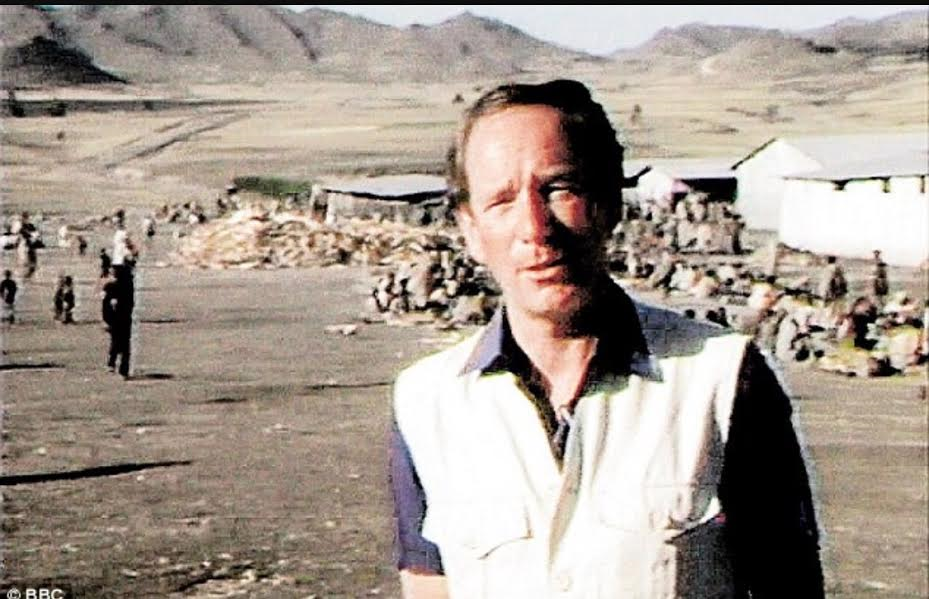
One of the college questions last year was about a day in history that you would like to be a part of – I’m sharing my cousin’s repsonse!! She would have liked to travel back to an event 35 years ago today. I think I would have liked to join her on this trip.
July 13, 1985, “the day music changed the world.”
An October 1984 BBC report on famine in Ethiopia changed the course of Irish singer Bob Geldof’s life, “he was stood against the wall,” and had to do something.
The result was the record-breaking fundraising Band Aid album, followed by Live Aid; a 12 hour simultaneous trans-Atlantic charity concert in Philadelphia and London, broadcast live to 110 countries that raised over $100 million in one day. Phil Collins flew the Concorde and performed at both locations, U2 skyrocketed to international fame, and Queen’s magical performance is still making spines tingle.
Live Aid’s legacy is immense – it forever connected celebrities with philanthropy, spurred millennial involvement in charity, and propelled telecommunications toward global connectivity.
There are so many historical events – but I would have really liked to be in Wembley Stadium, London on that summer’s day in 1985.
Me too!!








































